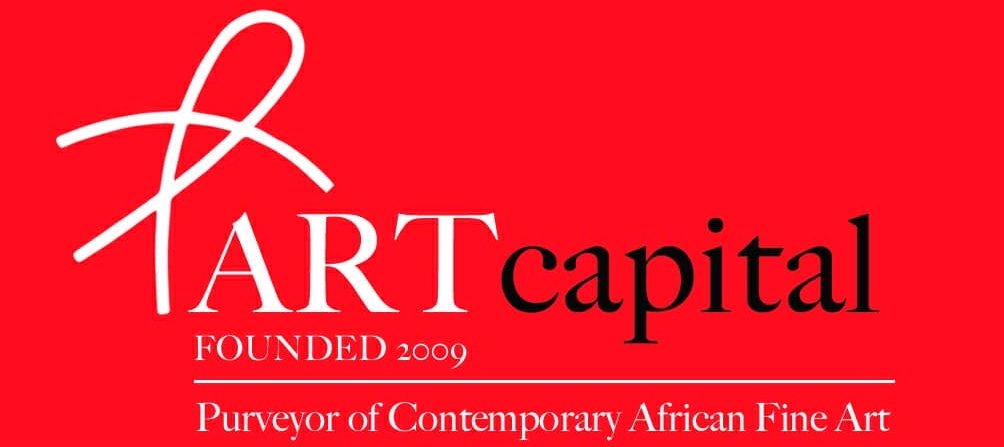UNTITLED: DR. OKU AMPOFO
By Nii B. Andrews
Dr Oku Ampofo (of Mfantsipim, Achimota and University of Edinburgh) was a Physician who founded the Center for Scientific Research into Plant Medicine in 1975.
It became a WHO designated center of excellence.

He was also an accomplished sculptor who emphatically rejected the idea that the African art of the past had no relevance to contemporary African art.

He rebuffed the notion as totally erroneous saying, “many there are who think that any attempt to revive African traditional art or even learn from it will be like flogging a dead horse.
I hold the opposite view. . .the rest of the century may well see a definite renaissance.
The aesthetic appeal of African art cannot be limited to any particular epoch.”

Ampofo adopted a semi- abstract style which he finely honed into what he considered a dynamic pan-African artistic style in order to project pan-African values.

This was during the 50s and 60s when the pan African project was foremost in the minds of a significant number of the African intelligentsia and working class, both at home and abroad; before the ongoing pervasive kleptocratic binges commenced.
In Ghana, this artistic style included the indigenous concepts of wisdom and beauty characterized by long, ringed necks; big round heads and angular shapes.

The “neo-traditional” genre is still utilized by many contemporary artists.
Even as late as 1990, Ampofo believed that the “innate” qualities of African artists get ruined by the influence of European artistic styles.
But that debate- if there should be a debate- we shall reserve for another day.


Yet another beautiful piece from the distinguished and celebrated medic. Its time now to celebrate his artistic prowess. I knew Prof Frimpong Ansah, the Economist- Artist but not Dr Oku Ampofo. I am not surprised that Oku Ampofo was an artist par excellece because the Achimota tradition to which he belonged promoted a wholistic education. I am wondering why Dr Evans Anfom didn’t continue his passion as an artist. We need to go back to the kind of education advocated by Fraser, Aggrey and Guggisburg, where the frontiers between the disciplines allow for free movement. I am encouraged. Good morning Sir.